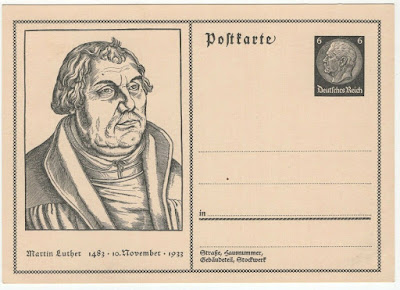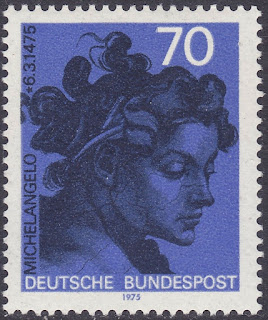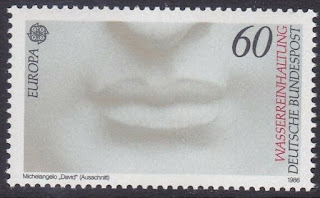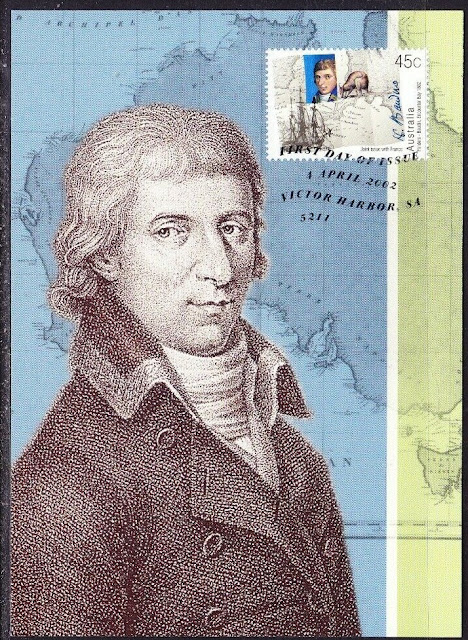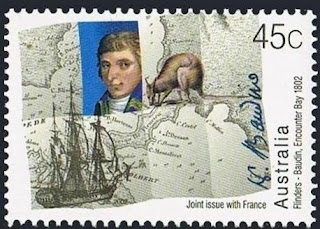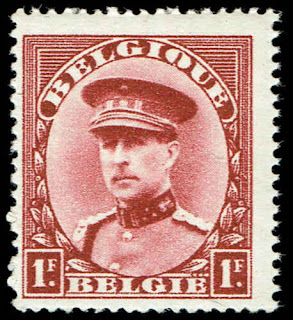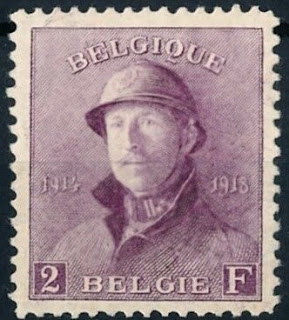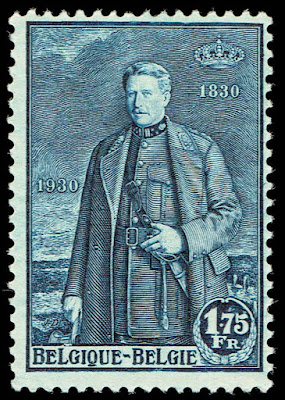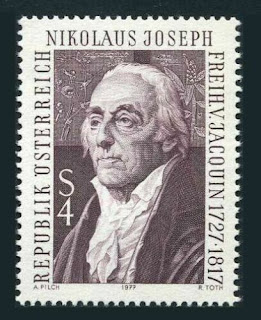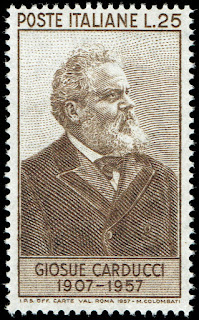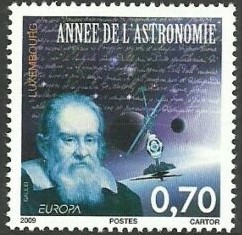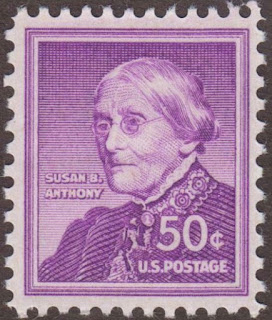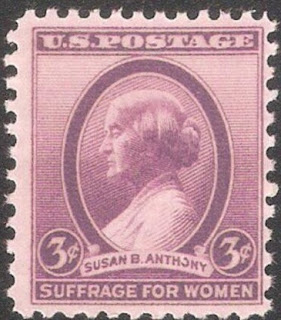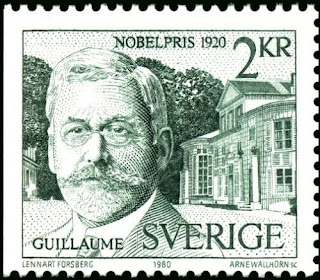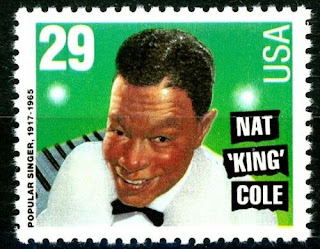Here are some events that happened on February 17th. It could be an event or a person that died or was born on that day
1673 Born: Molière, French actor and playwright (b. 1622)
Jean-Baptiste Poquelin (baptized 15 January 1622; died 17 February 1673), known by his stage name Molière, was a French playwright, actor and poet, widely regarded as one of the greatest writers in the French language and universal literature. His extant works include comedies, farces, tragicomedies, comédie-ballets and more. His plays have been translated into every major living language and are performed at the Comédie-Française more often than those of any other playwright today. His influence is such that the French language itself is often referred to as the "language of Molière".
Born into a prosperous family and having studied at the Collège de Clermont (now Lycée Louis-le-Grand), Molière was well suited to begin a life in the theater. Thirteen years as an itinerant actor helped him polish his comic abilities while he began writing, combining Commedia dell'arte elements with the more refined French comedy.
Through the patronage of aristocrats including Philippe I, Duke of Orléans—the brother of Louis XIV—Molière procured a command performance before the King at the Louvre. Performing a classic play by Pierre Corneille and a farce of his own, The Doctor in Love, Molière was granted the use of salle du Petit-Bourbon near the Louvre, a spacious room appointed for theatrical performances. Later, he was granted the use of the theater in the Palais-Royal. In both locations Molière found success among Parisians with plays such as The Affected Ladies, The School for Husbands and The School for Wives. This royal favor brought a royal pension to his troupe and the title Troupe du Roi ("The King's Troupe"). Molière continued as the official author of court entertainments.
Despite the adulation of the court and Parisians, Molière's satires attracted criticism from churchmen. For Tartuffe's impiety, the Catholic Church denounced this study of religious hypocrisy followed by the Parliament's ban, while Don Juan was withdrawn and never restaged by Molière. His hard work in so many theatrical capacities took its toll on his health and, by 1667, he was forced to take a break from the stage. In 1673, during a production of his final play, The Imaginary Invalid, Molière, who suffered from pulmonary tuberculosis, was seized by a coughing fit and a hemorrhage while playing the hypochondriac Argan. He finished the performance but collapsed again and died a few hours later.
Stamps from France, Monaco, Paraguay and New Caledonia depicting Molière


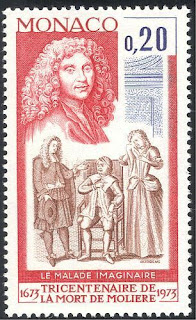


1754 Born: Nicolas Baudin, French cartographer and explorer (d. 1803)
Nicolas Thomas Baudin (17 February 1754 – 16 September 1803) was a French explorer, cartographer, naturalist and hydrographer.
In October 1800 Baudin was selected by Bonaparte to lead what has become known as the Baudin expedition to map the coast of Australia (New Holland). He had two ships, Géographe and Naturaliste captained by Hamelin, and a suite of nine zoologists and botanists, including Jean Baptiste Leschenault de la Tour. Nicolas Baudin left Le Havre on 19 October 1800, stopped off in Santa Cruz de Tenerife, then sailed straight to the Ile de France arriving on 15 March 1801, 145 days later. The voyage, overlong with early rationing left sailors and scientists feeling discouraged, but the colony was happy to build up the crews in case of conflict and to make use of the new skills they brought with them. He reached Australia in May 1801, and would explore and map the western coast and a part of the little-known southern coast of the continent. The scientific expedition proved a great success, with more than 2500 new species discovered. The French also met Aboriginal peoples and treated them with great respect.
In April 1802 Baudin met Matthew Flinders, also engaged in charting the coastline, in Encounter Bay in present-day South Australia. Baudin then stopped at the British colony at Sydney for supplies, and from there he sent home the Naturaliste, carrying all of the specimens that had been collected by both ships up to that time. Realising that the Géographe could not venture into some of the shallow waters along the Australian coast that he was intending to survey, he bought a new ship — Casuarina — named after the wood it was made from, and placed it under the command of Louis de Freycinet, who would 15 years later make his own circumnavigation in the corvette l'Uranie. He then headed back to Tasmania, before continuing along the southern and western coasts of Australia to Timor, mapping as he went. In very poor health, he then turned for home, stopping at Mauritius, where he died.
According to recent researches by academics from the University of Adelaide, during Baudin's expedition, François Péron, who had become the chief zoologist and intellectual leader of the mission, wrote a report for Napoleon on ways to invade and capture the British colony at Sydney Cove.
Baudin died of tuberculosis at Mauritius on 16 September 1803, at the age of 49, apparently in the home of Madame Alexandrine Kerivel. Baudin's exact resting place is not known, but the historian Auguste Toussaint believed that he was interred in the Kerivel family vault.
In South Australia, the following places bear Baudin's name – Baudin Beach on Kangaroo Island, Baudin Rocks on the south-east coast of the state and Nicolas Baudin Island on the west coast of Eyre Peninsula. A number of monuments have been established around Australia, including eight at various locations around Western Australia.
Six animals are named in honour of Baudin:
Calyptorhynchus baudinii Lear, 1832 – Baudin's black cockatoo
Smilisca baudinii (A.M.C. Duméril & Bibron, 1841) – common Mexican tree frog (Hylidae)
Emoia baudini (A.M.C. Duméril & Bibron, 1839) – Baudin's emo skink (Scincidae)
Pseudemoia baudini (Greer, 1982) – Bight Coast skink (Scincidae)
Zanclea baudini Gershwin & Zeidler, 2003 – a jellyfish (Zancleidae)
Baudin pig – a once feral landrace on Kangaroo Island
Stamps from France and Australia depicting Baudin
1796 Born: Philipp Franz von Siebold, German physician and botanist (d. 1866)
Philipp Franz Balthasar von Siebold (17 February 1796 – 18 October 1866) was a German physician, botanist, and traveler. He achieved prominence by his studies of Japanese flora and fauna and the introduction of Western medicine in Japan. He was the father of the first female Japanese doctor, Kusumoto Ine.
Though he is well known in Japan, where he is called "Shiboruto-san", and although mentioned in the relevant schoolbooks, Siebold is almost unknown elsewhere, except among gardeners who admire the many plants whose names incorporate sieboldii and sieboldiana. The Hortus Botanicus in Leiden has recently laid out the "Von Siebold Memorial Garden", a Japanese garden with plants sent by Siebold. The garden was laid out under a 150-year-old Zelkova serrata tree dating from Siebold's lifetime. Japanese visitors come and visit this garden, to pay their respect for him.
German stamp depicting von Siebold
1854 – The United Kingdom recognizes the independence of the Orange Free State.
The Orange Free State (Dutch: Oranje Vrijstaat, Afrikaans: Oranje-Vrystaat, abbreviated as OVS) was an independent Boer sovereign republic under British suzerainty in Southern Africa during the second half of the 19th century, which ceased to exist after it was defeated and surrendered to the British Empire at the end of the Second Boer War in 1902. It is one of the three historical precursors to the present-day Free State province.
Extending between the Orange and Vaal rivers, its borders were determined by the United Kingdom of Great Britain and Ireland in 1848 when the region was proclaimed as the Orange River Sovereignty, with a British Resident based in Bloemfontein. Bloemfontein and the southern parts of the Sovereignty had previously been settled by Griqua and by Trekboere from the Cape Colony.
The Voortrekker Republic of Natalia, founded in 1837, administered the northern part of the territory through a landdrost based at Winburg. This northern area was later in federation with the Republic of Potchefstroom which eventually formed part of the South African Republic (Transvaal).
Following the granting of sovereignty to the Transvaal Republic, the British recognised the independence of the Orange River Sovereignty and the country officially became independent as the Orange Free State on 23 February 1854, with the signing of the Orange River Convention. The new republic incorporated the Orange River Sovereignty and continued the traditions of the Winburg-Potchefstroom Republic.
The Orange Free State developed into a politically and economically successful republic and for the most part enjoyed good relationships with its neighbors. It was annexed as the Orange River Colony in 1900. It ceased to exist as an independent Boer republic on 31 May 1902 with the signing of the Treaty of Vereeniging at the conclusion of the Second Boer War. Following a period of direct rule by the British, it attained self-government in 1907 and joined the Union of South Africa in 1910 as the Orange Free State Province, along with the Cape Province, Natal, and the Transvaal. In 1961, the Union of South Africa became the Republic of South Africa.
The Republic's name derives partly from the Orange River, which in turn was named in honor of the Dutch ruling family, the House of Orange, by the Dutch explorer Robert Jacob Gordon. The official language in the Orange Free State was Dutch.
Some stamps issued by the Orange Free State
1909 Died: Geronimo, American tribal leader (b. 1829)
Geronimo ("the one who yawns", June 16, 1829 – February 17, 1909) was a prominent leader and medicine man from the Bedonkohe band of the Apache tribe. From 1850 to 1886, Geronimo joined with members of three other Chiricahua Apache bands—the Tchihende, the Tsokanende and the Nednhi—to carry out numerous raids, as well as fight against Mexican and U.S. military campaigns in the northern Mexico states of Chihuahua and Sonora and in the southwestern American territories of New Mexico and Arizona. Geronimo's raids and related combat actions were a part of the prolonged period of the Apache–United States conflict, which started with American settlement in Apache lands following the end of the war with Mexico in 1848.
While well known, Geronimo was not a chief of the Chiricahua or the Bedonkohe band. However, since he was a superb leader in raiding and warfare, he frequently led large numbers of men beyond his own following. At any one time, he would be in command of about 30 to 50 Apaches.
During Geronimo's final period of conflict from 1876 to 1886, he surrendered three times and accepted life on the Apache reservations in Arizona. Reservation life was confining to the free-moving Apache people, and they resented restrictions on their customary way of life.
In 1886, after an intense pursuit in northern Mexico by American forces that followed Geronimo's third 1885 reservation breakout, Geronimo surrendered for the last time to Lt. Charles Bare Gatewood, an Apache-speaking West Point graduate who had earned Geronimo's respect a few years before. Geronimo was later transferred to General Nelson Miles at Skeleton Canyon, just north of the Mexican/American boundary. Miles treated Geronimo as a prisoner of war and acted promptly to move Geronimo, first to Fort Bowie, then to the railroad at Bowie Station, Arizona, where he and 27 other Apaches were sent to join the rest of the Chiricahua tribe, which had been previously exiled to Florida.
While holding him as a prisoner, the United States capitalized on Geronimo’s fame among non-Indians by displaying him at various events. For Geronimo, it provided him with an opportunity to make a little money. In 1898, for example, Geronimo was exhibited at the Trans-Mississippi and International Exhibition in Omaha, Nebraska. Following this exhibition, he became a frequent visitor to fairs, exhibitions, and other public functions. He made money by selling pictures of himself, bows and arrows, buttons off his shirt, and even his hat. In 1905, the Indian Office provided Geronimo for the inaugural parade for President Theodore Roosevelt. Later that year, the Indian Office took him to Texas, where he shot a buffalo in a roundup staged by 101 Ranch Real Wild West for the National Editorial Association. Geronimo was escorted to the event by soldiers, as he was still a prisoner. The teachers who witnessed the staged buffalo hunt were unaware that Geronimo’s people were not buffalo hunters.
He died at the Fort Sill hospital in 1909, as a prisoner of war. Geronimo is buried at the Fort Sill Indian Agency Cemetery, among the graves of relatives and other Apache prisoners of war.
US stamps depicting Geronimo
1934 Died: Albert I of Belgium (b. 1875)
Albert I (8 April 1875 – 17 February 1934) reigned as King of the Belgians from 1909 to 1934. This was an eventful period in the history of Belgium, which included the period of World War I (1914–1918), when 90 percent of Belgium was overrun, occupied, and ruled by the German Empire. Other crucial issues included the adoption of the Treaty of Versailles, the ruling of the Belgian Congo as an overseas possession of the Kingdom of Belgium along with the League of Nations mandate of Ruanda-Urundi, the reconstruction of Belgium following the war, and the first five years of the Great Depression (1929–1934). King Albert died in a mountaineering accident in eastern Belgium in 1934, at the age of 58, and he was succeeded by his son Leopold III (r. 1934–1951).
1972 – Cumulative sales of the Volkswagen Beetle exceed those of the Ford Model T.
The Volkswagen Beetle—officially the Volkswagen Type 1, informally in German the Käfer (meaning "beetle"), in parts of the English-speaking world the Bug, and known by many other nicknames in other languages—is a two-door, rear-engine economy car, intended for five occupants (later, Beetles were restricted to four people in some countries), that was manufactured and marketed by German automaker Volkswagen (VW) from 1938 until 2003.
The need for a people's car (Volkswagen in German), its concept and its functional objectives were formulated by the leader of Nazi Germany, Adolf Hitler, who wanted a cheap, simple car to be mass-produced for his country's new road network (Reichsautobahn). Members of the National Socialist party, with an additional dues surcharge, were promised the first production, but the war shifted production to military vehicles instead. Lead engineer Ferdinand Porsche and his team took until 1938 to finalise the design. Béla Barényi is credited with first conceiving the original design for this car in 1925
By 2002, over 21 million Type 1s had been produced, but by 2003, annual production had dropped to 30,000 from a peak of 1.3 million in 1971. VW announced the end of production in June 2003, citing decreasing demand, and the final original Type 1 VW Beetle (No. 21,529,464) rolled off the production line at Puebla, Mexico, on 30 July 2003, 65 years after its original launch. This last Beetle, nicknamed El Rey (Spanish for "The King" after a legendary Mexican song by José Alfredo Jiménez) was delivered to the company's museum in Wolfsburg, Germany
Some stamps from Germany, Luxembourg and Iceland depicting the beetle








